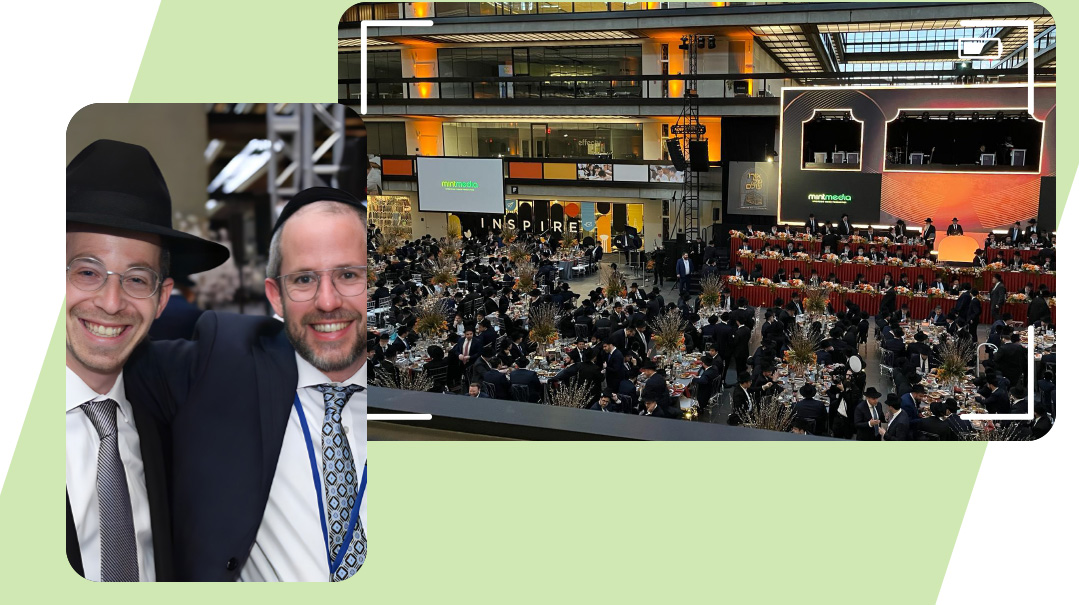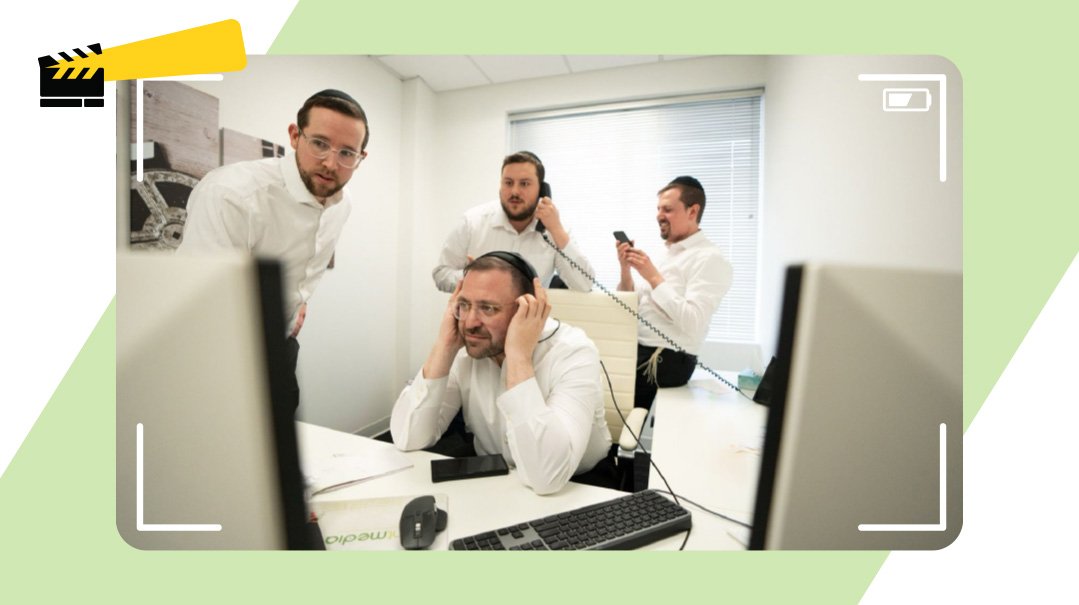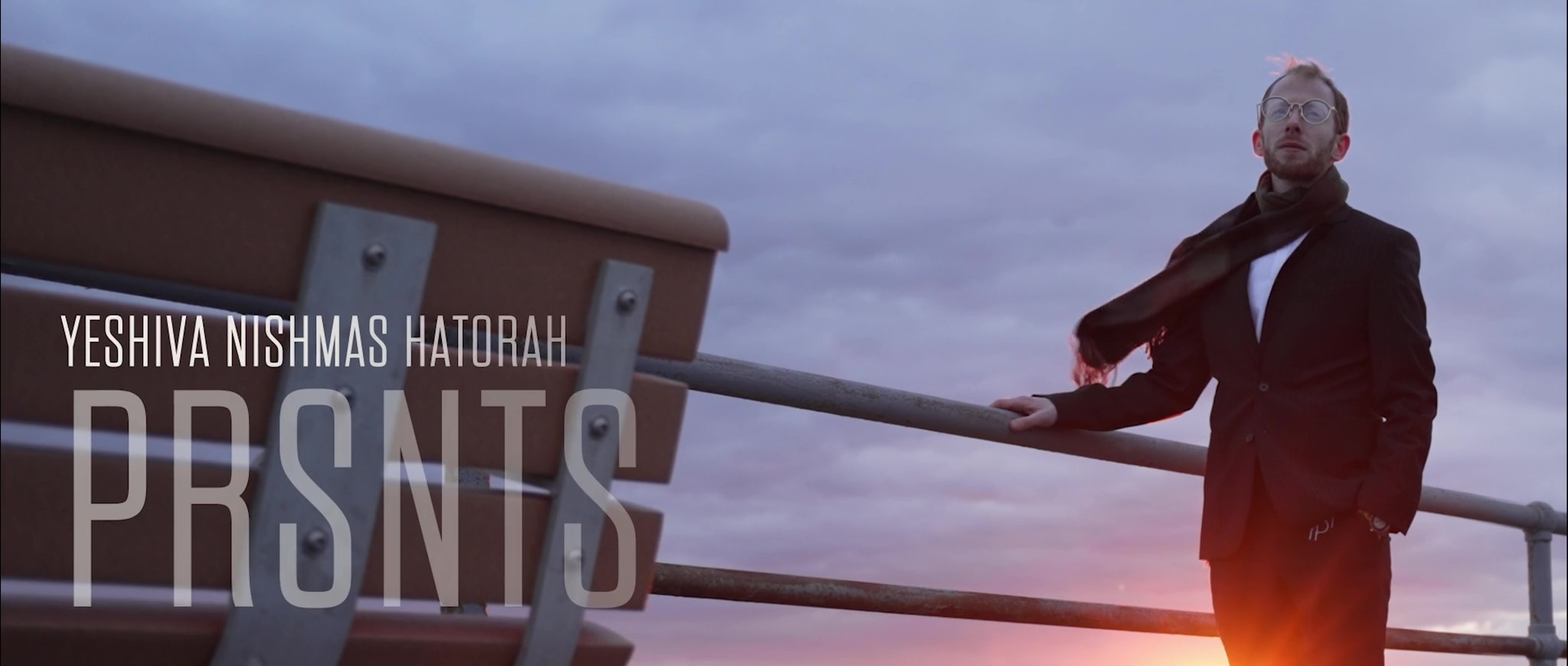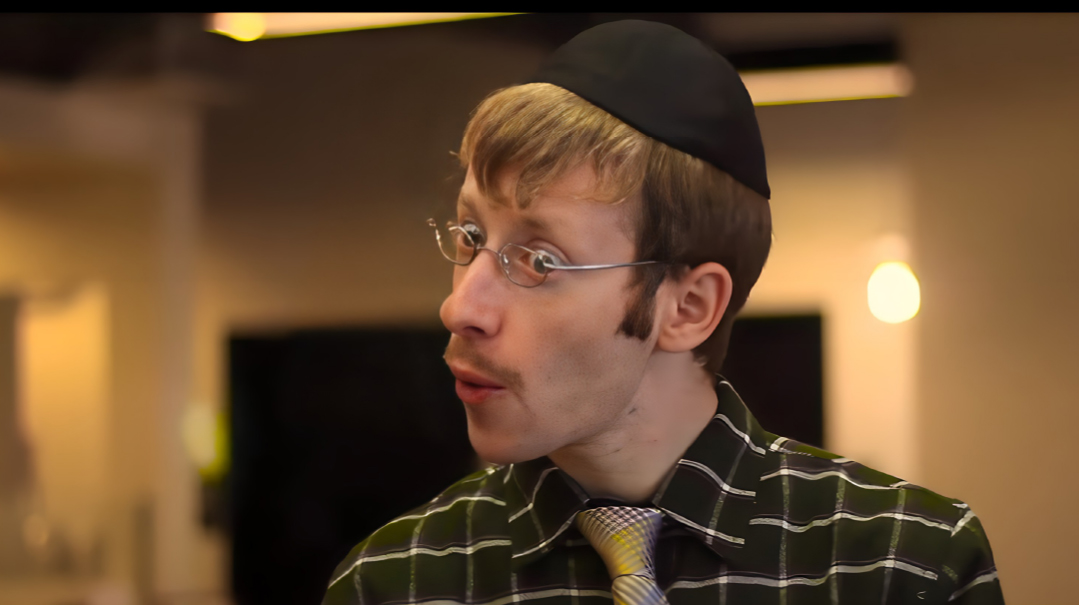Client: Mesivta Shaarei Adirim in Skokie, Illinois
| October 31, 2023Most gaps between the client’s vision and ours can be bridged with a little out-of-the-box thinking
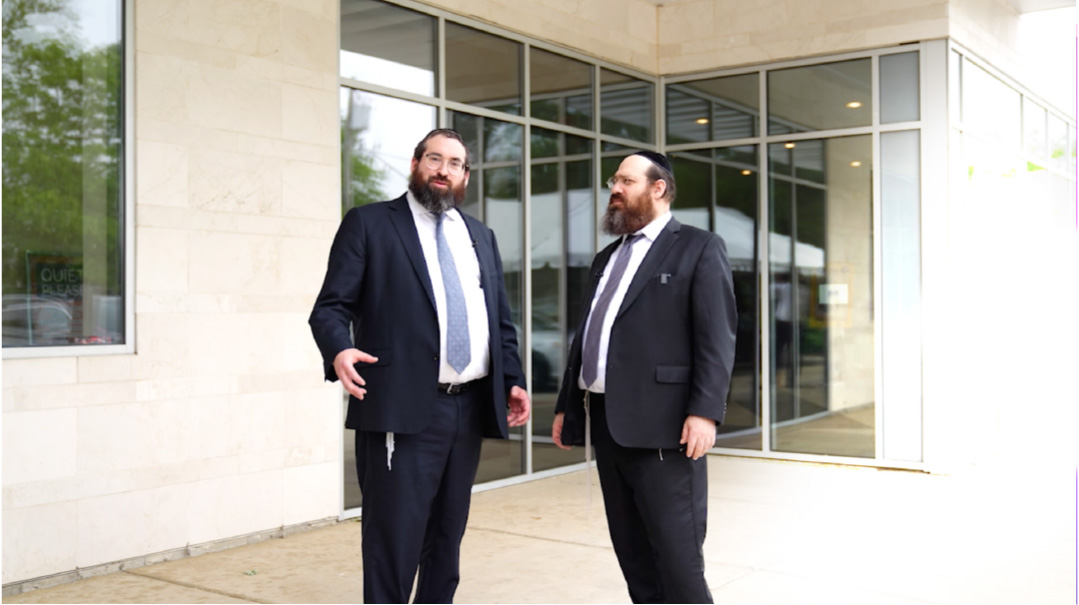
Client: Mesivta Shaarei Adirim in Skokie, Illinois
Objective: Create a documentary showcasing the yeshivah and its background
Film locations: The yeshivah building
Project Deadline: November 2023
The Proposal
Yaakov Smith, creative director of the Torah Marketing Initiative, reached out to us in mid-June. He said he was representing a mesivta in Chicago, and he wanted to see what we could do to help them with their upcoming event, a chanukas habayis inaugurating their new location.
On the conference call, one of the roshei yeshivah, Rabbi Mordechai Elbaum, provided us with a little background.
“Unfortunately, a large percentage of boys just aren’t making it in the yeshivah system,” he said.
He went on to explain that whether some boys have learning challenges or absorb information differently, they struggle to keep up with their peers. He and his close friend of many years, Rabbi Avrohom Yitzchok Ausband, opened the high school with the understanding that success breeds success.
“In order for these boys to find their stride in learning, it’s not enough to slowly address their challenges,” he said passionately. “We need to jump-start them by showing them they can be successful.”
“That’s where our growth initiatives come in,” Rabbi Ausband took over.
He elaborated that given opportunities to explore an area of interest like music or martial arts, the boys quickly see they can achieve success, contrary to everything they’ve felt up until that point. With that paradigm shift, Shaarei Adirim staff can make real inroads — and bring results into the Gemara learning as well.
“Amazing!” senior production manager Moshe Niehaus interjected. “And you want this video to show the strengths of the yeshivah, correct?”
“Right.”
“Got it,” he said, taking a moment to jot down some notes. “Can you please tell me about your process when prospective parents come to meet with you? How do you best explain your mission to them?”
Rabbi Elbaum explained that aside from the initial sit-down conversation, what really moves parents, sometimes even to tears, is walking around the building and seeing the success with their own eyes.
“I think we should replicate that process,” Moshe said. “How about we create a walking tour of the yeshivah, where the viewer can take a virtual peek at your initiatives in action? We can also add in a few minutes of interviews so your staff can explain their mission and students can share their journeys.”
Everyone liked the idea, and we began to arrange filming logistics.
Production
We sent two cinematographers in order to maximize our time in the Windy City. The role of the first was to film B-roll of the yeshivah in action — the davening, learning, and extra programming — without interacting or disturbing the bochurim. Footage is more genuine when the camera is in the room as an observer as opposed to an active participant; he’d be a “fly on the wall.”
The second cinematographer went around with Moshe, who interviewed staff and students.
Sounds Important
We use a separate high-end mic to get quality audio — the recorder built into the camera just doesn’t cut it — and in production, we can synchronize our audio with the camera’s audio.
For sit-down interviews it’s pretty straightforward: We place a mic above the person speaking on what’s known as a boom stand, close enough to pick up clear audio, but just out of the view of the camera. For a walking tour, though, things get more complicated. We’re constantly on the move, so using a boom mic means someone needs to carry it above the person talking, constantly adjusting to ensure it’s out of the frame and checking that the quality is consistent in each room’s acoustics. Doing this properly means having a dedicated sound crew, along with the extra expense that entails.
Our second option was to bring along what’s known as a man-on-the-street mic, a handheld microphone that is passed along from speaker to speaker. When the cinematographer handed Rabbi Elbaum the mic, though, he clearly wasn’t comfortable with it.
“Do you have anything more subtle?” he asked. “I know we decided to use this option, but now that I’m seeing it, it just doesn’t feel right, I feel more like a newscaster than a mechanech.”
Deep breath.
Moshe quickly got to work attaching lavalier microphones (small mics that can be attached to a lapel) to both of the roshei yeshivah. He went as far as to place more than one mic on each person; with no soundman to actively monitor sound levels, we needed to ensure we would have at least one good audio recording.
We knew that when multiple sources record simultaneously there can be a hissing interference-type noise, but we can use specialized programs to remove that in the postproduction stage.
Moving Movie
With several hours’ worth of footage to go through, the project was divided among our editing staff. Nearly everyone in the office was on it — and without fail, they all found the footage incredibly moving. We work on poignant projects all the time, but something about listening to students candidly sharing their struggles and successes really hit home.
After several hours of watching these stirring interviews, postproduction coordinator Usher Weldler asked Moshe Niehaus if we should revisit our initial strategy.
“I know the plan was to create a seven-minute feature, mostly of the tour with some interviews sprinkled in, but I don’t think we’d be doing Shaarei Adirim justice. The way the talmidim talk about how it literally changed their lives, it’s like nothing we’ve done before. I think it needs to be more. Longer. Something special.”
We had plenty of time until our November deadline, so Moshe Niehaus reached out to Shaarei Adirim. Then marketer Yaakov Smith came back with his own idea.
“I know we discussed making it longer, but would you be open to a new proposal? Could we take things to the next level, and make the feature video a full 20-minute documentary that we can play at the chanukas habayis? Instead of focusing just on the yeshivah of today, how about giving a more general background to the problems that many bochurim face, in addition to the history of how the yeshivah came to be?”
“That will require a second round of interviews and filming,” Moshe warned, but at this point everyone was excited about the upgrade.
Postproduction
Our new path was mapped out, and senior editor and postproduction director Mrs. Rivky Liebenstein took charge. With dozens of new interviews coming in, her ability to find the important lines and string them together into a seamless piece would be a crucial part of the process.
Editor Mrs. Devorah Loeb, who handled the walking tour footage, had one main objective: cutting it down as much as possible into a tight piece showcasing the various initiatives.
One of the challenges in postproduction was the transitions from room to room within the tour. Though Rabbi Elbaum said lines like, “Let me show you our resistance training room,” and, “Here’s where the bochurim learn art,” many of those takes were recorded not in the hallway, but in the room housing the initiative he had just finished talking about.
“What about transitioning visually, rather than talking?” Mrs. Loeb suggested. “At the start of each segment, let’s put text on the screen giving a title to the room — ‘Krav Maga Room’ and ‘Safrus Room.’ This will help the transitions without compromising the flow.”
Miss Shayna Goldman of our VFX department built 3D text renderings with the name of the initiative integrated into the scene itself, like “Music Room” in block letters, positioned in front of boys playing instruments, but behind the boy singing. She created something along these lines for all six rooms.
Callback
We sent Shaarei Adirim a finished draft two weeks before their event, and Rabbi Elbaum immediately requested a conference call.
Uh-oh.
“I see you put in a tremendous amount of work, and it’s really impressive,” he said carefully. “But I have to be honest, it’s not what I had in mind.”
There are two approaches a production team can take in such a situation. You can either go on the offensive — “We wrote a clear outline, we spent hundreds of hours and thousands of dollars building the video that you requested!” — or you can say, “Wow, that must be frustrating, let’s see if we can figure out where your vision differs from the video and find a way to make it right.”
Spoiler alert: We went for the second option.
The truth is, years in the business have helped me see that most gaps between the client’s vision and ours can be bridged with a little out-of-the-box thinking.
After hearing him out, we understood that Rabbi Elbaum’s main concern was that the video wasn’t emotional enough; he had envisioned a feature in which every viewer would be reaching for the tissues several minutes in.
We brainstormed a bit and came up with three main changes:
1) Move the walking tour segment to the end of the video, because having it in the middle disrupted the moving narrative of the bochurim’s challenges and eventual success.
2) Send a cinematographer back to the yeshivah for another day of filming, with a carefully planned shot list showing the distress of a boy not fitting in, close-up shots of him closing his Gemara in frustration, putting his face in his hands, etc.
3) Prepare short voiceover pieces sharing both the painful reality and the journey to success.
These small changes really highlighted the emotion of the feature, and not only was Rabbi Elbaum thrilled, but — shhh, don’t tell anyone — our staff liked it better as well.
(Originally featured in Mishpacha, Issue 984)
Oops! We could not locate your form.

